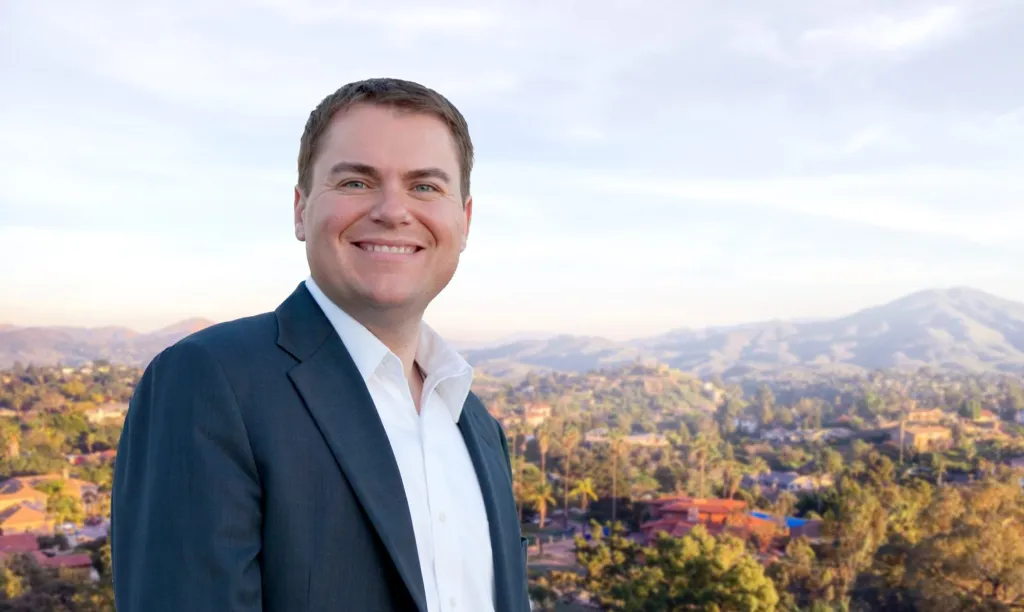Written and submitted by Armen Kurdian, Candidate for Vista City Council
The responsibility for the wise management of tax dollars should be a primary measure by which residents should choose our elected officials. When speaking with voters across the city, I am often asked about what I will do for responsible government and fiscal accountability. Many of them have questions about the San Diego Association of Governments (SANDAG) plan to significantly raise taxes to pay for mass transit throughout the county. As we approach election day, the future of SANDAG’s stated $162.5 billion transportation plan and how it will be paid for is a major concern for voters.
One aspect of this plan is the Road Usage Charge, otherwise known as the “mileage tax.” This would charge drivers four cents per every mile driven in their vehicle, whether it’s your personal car, delivery vehicle, landscaper, or truck, on top of the gas tax paid at the pump. It is the responsibility of any given local leader in office to cater to the needs their constituents by making sound decisions that have a logical approach. Considering that for 14 years, north county residents have been paying a one-half cent sales tax to SANDAG to fund freeway improvements to north county Interstates and state Routes, with only one project out of 15 completed, a measure of trust has been lost.
Residents of Vista have consistently expressed their great concerns about this and other related taxes at a time when they are paying so much more for gas, food, and rent. Firstly, implementing this mileage tax means punishing the many hard-working people who drive to and from work, take their kids to school, or require the use of their vehicle (or vehicles) as part of their profession. It could cost a family of four up to $1,000 / year for a benefit from which at least 90% of residents will not be able to benefit. There is also the concern of privacy, how this tax would be collected, and how it could be enforced when vehicles travel into and out of the county every day.
But what is also equally important is the plan to be implemented. As someone who has a lot of experience in managing multi-billions dollar programs, I do not believe SANDAG’s plan will not realize the vision of sustainability and climate-friendly mass transit that we need. There will be a massive carbon footprint for the construction and sustainment of the infrastructure, and if history is a guide, SANDAG’s ridership predictions have consistently over-estimated the number of people who use mass transit. What’s more, Los Angeles County has almost three and a half times the population density of our county, and they still subsidize their mass transit by billions every year. Taxpayers deserve a return on their investment. Furthermore, by the time the long-term sustainment for this plan is considered, with expected cost overruns (as we have seen with the California high speed rail project), we will be fortunate if the total cost of this plan stays below $250B.
There is much that SANDAG can do to improve mass transit throughout the county, where we can see tangible and positive returns for investing in local infrastructure. But right now, many of our residents are struggling to pay their bills, and tax money should be spent on bigger and more concerning issues such as the safety of our communities and for our children, repairing roads, and concentrating on real and substantive solutions for homelessness which comes with its own damaging impact to our environment. We can invest in mass transit, but we must be much smarter about it.
For more information, please contact me at info@armen4vista.com.
Photo courtesy of Armen Kurdian




